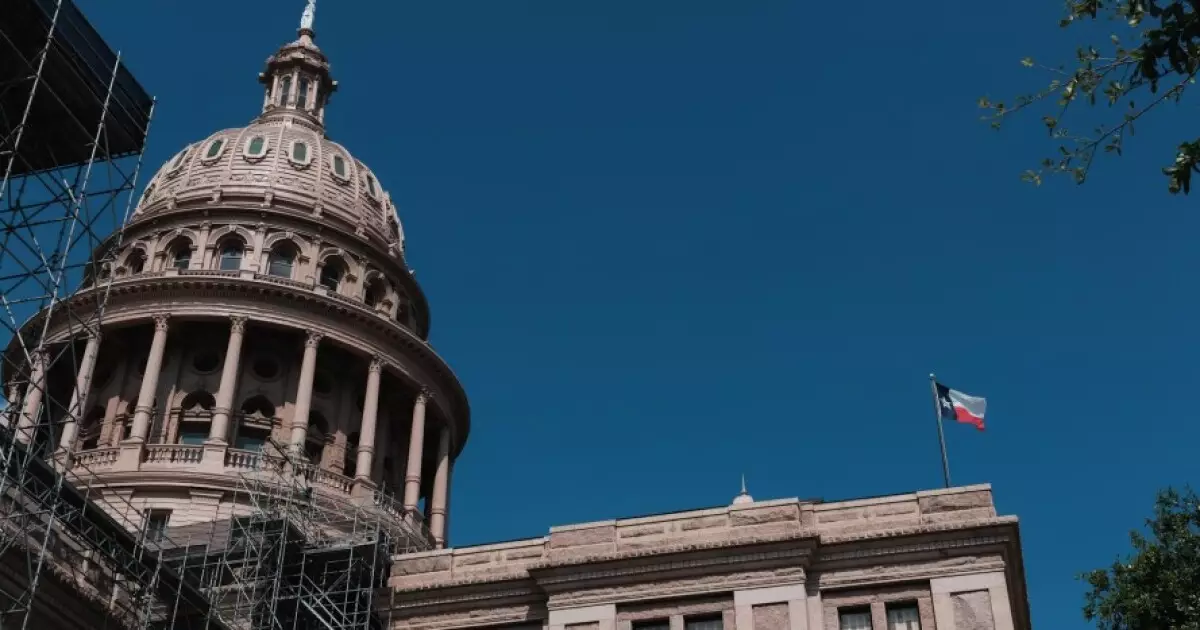In an era where government budgets face constant pressures from rising costs and expanding responsibilities, the recent push in Texas to tighten operating property tax limits for larger municipalities reveals a fundamental misunderstanding of fiscal responsibility. The legislation, notably Senate Bill 9, aims to reduce the voter-approval tax rate multiplier from 3.5% to 2.5% for cities and counties with populations over 75,000. The narrative driving this bill suggests that reducing permissible tax increases will ease the burden on taxpayers. However, this perspective oversimplifies municipal finance and ignores the complexities of modern urban governance.
Surprisingly, advocates fail to acknowledge that local governments require sufficient breathing room to adapt to inflation, infrastructural demands, and public service needs. By constraining growth in revenue beyond a certain point, policymakers risk choking off vital investments essential to urban resilience and quality of life. The assumption that smaller increases automatically mean better fiscal health is flawed; in reality, rigid caps often force municipalities into a precarious balancing act, where cutting essential services or delaying maintenance becomes the sad trade-off for political compliance.
The Consequences of Tighter Limits: Undermining Local Flexibility
A central issue overlooked in the legislative push is the detrimental impact these restrictions could have on local governments’ financial flexibility. Cities such as Dallas and Austin are already navigating complex obligations—public safety pensions, infrastructure needs, and economic development—requiring a level of financial agility that a strict cap may severely hinder. For example, Dallas recently faced Moody’s downgrading its outlook, citing constraints posed by the voter-mandated pension funding requirements that are now harder to meet under tighter tax limits.
More importantly, many local officials argue that these caps do not account for the reality that a significant portion of their budgets must be adjusted annually due to contractual obligations and inflation. The complaint from Austin’s financial officers about rising vehicle costs for police and fire departments highlights an overlooked facet: operational costs are outpacing or matching revenue growth, regardless of arbitrary limits. Slamming a tighter cap into the equation doesn’t eliminate these costs; it simply exacerbates the strain, forcing dangerous cuts or service delays that ultimately harm residents.
The Misguided Nature of “Taxpayer Relief”
The rhetoric surrounding the legislation hinges on the noble goal of “taxpayer relief,” but such simplification masks a more insidious risk: underfunded cities pose a threat to public safety, economic vitality, and long-term stability. The narrative suggests that ceiling-efficient tax increases are inherently bad, yet ignores the fact that local governments depend heavily on property tax revenues to maintain infrastructure, fund public safety, and support community growth.
Furthermore, the focus on limiting growth ignores the tax base expansion through new construction. While the bill exempts increased revenue from new property development, the cuts to existing property taxes threaten the financial backbone of municipalities. This creates a disjointed fiscal landscape where growth is incentivized, but the revenue needed to sustain it is constrained. The paradox forces local governments to choose between stifling growth or risking their financial well-being, neither of which bodes well for residents or economic development.
A Question of Governance and Long-Term Stability
While proponents like Sen. Paul Bettencourt insist that the restrictions are necessary to prevent tax burdens from spiraling out of control, this perspective ignores the fundamental role of adaptive governance. Policymakers should recognize that responsible public service delivery depends on premium funding, not arbitrary caps. Instead of rigidly constraining local revenue streams, state legislation should promote more effective, accountable fiscal management and ensure that tax policies reflect actual community needs.
The danger of tightly controlling tax increases lies in fostering a reactive rather than proactive governance model—one that responds to crises with austerity rather than strategic investment. Municipalities should be empowered, not hamstrung, to respond to unforeseen challenges, whether in public safety, infrastructure, or social services. By detaching political ideology from practical governance, Texas could foster a more resilient and prosperous urban landscape that balances fiscal discipline with the capacity to serve its growing populations effectively.
In sum, the pursuit of quick-fix tax caps may seem politically attractive on paper, but the long-term implications threaten to undermine the very cities these policies aim to protect. A more nuanced, flexible approach rooted in responsible budget management—rather than simplistic limits—would better serve Texas communities in the decades to come.

